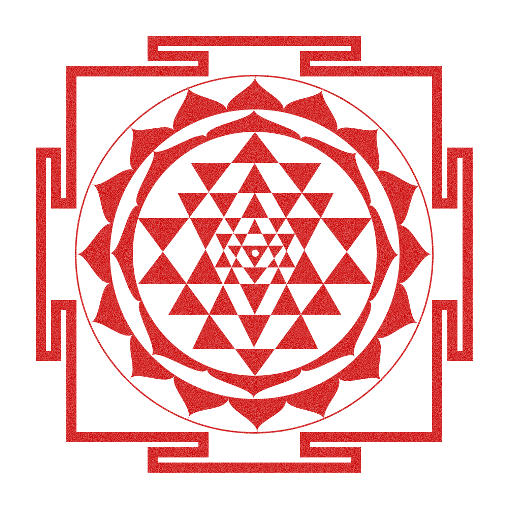What is Life?

To understand Ayurveda, or, “the science of life,” it is helpful to first explore the question: “What is life?”
Ayurveda’s definition of life, at its foundation, is the inherent relationship between mind (sattvam), body (deha/sharira), and soul (atma). It is said that these three pillars are indivisible, and that life cannot exist for any extended period of time without all three components present.
Interestingly, translations of deha and sharira possess more nuance than our understanding of the word body. A more accurate definition of deha is “that which burns,” while sharira’s translation is “subject to change or decay.” Therefore, within this definition of life exists an implied impermanence to the pillar representing our physical body. It is commonly said that after the moment of birth, one slowly starts dying. This means that one who has lived to a ripe age of 90 has managed to live with death for that many years. This point of view meshes with this definition “that which burns or decays” and lends itself to Ayurveda’s main objective: how to slow the decay of the physical body.
The next pillar is the spirit, or atma, which is understood as permanent. The soul never dies and eternally exists in the un-manifested realm, impervious to deviations of body and mind. The soul is the component of the self that one takes with them after death. Regardless of one’s beliefs about the afterlife, be it heaven/hell, reincarnation or something else, the semblance of self that either travels to the afterlife or is reborn into a new body is the soul. Since the soul is changeless and eternal, one does not “treat” the soul. If we were to consider soul or atma based treatment or practices, it would translate to practices which help dispel the blockages which prevent the soul from fully shining through in one’s life. In general, this is the practice of Yoga, or the “union” of one with their higher self or soul. This connection is one reason many refer to Yoga and Ayurveda as sister sciences.
The mind, sattvam, acts as the intermediary between these two pillars and according to Charaka (one of Ayurveda’s preeminent authors), the mind is determined by contact with physical objects and the soul. This means that the mind exists in both the material as well as the energetic realms, and functions as a medium between them. This perspective resonates with modern theories of “manifestation through thought” such that by changing the way one thinks an individual can direct changes in the manifested world. Since the mind is observed to be constantly changing, it is generally considered to be an impermanent fixture—for if the mind is defined by its contact with the soul and the body, and the body surely dies, then how can this principle of the mind continue to exist post-mortem?
When put into practice, Ayurveda is a science of longevity. In a way, one studies life in order to act as its advocate. While all three pillars outlined above are indivisible and required for existence, the physical body is the one component which is constantly subject to decay and death. This makes the primary work of Ayurveda the preservation of the physical body, which is accomplished largely through material remedies. There do exist practitioners of Ayurveda that work directly on the psyche, based on the belief that the mind is a precursor to the material world. Ultimately, Ayurveda holds that there is no clear division between the mind and the body, and that sattvam exists within every cell of the body. Therefore, by treating one’s body, the mind also receives therapy, and vice versa. And, if the body is diseased, the mind will reflect the imbalance.
At the end of the day, one can also say that life is simply what you make it, and that it possesses a different definition for us all. Given the uniqueness of each individual, how could it not? That being said, no matter who we are, what we have, or what we do, disease still has the power to take it all away. Therefore, for all people who want to make the most of this life, there exists no better ally than Ayurveda.

